The water here is heavily chlorinated. Apparently, my town gets its water supply from wells, and in addition to being heavy on minerals, the processing of the water happens pretty close to where I live, and when I go to a restaurant that serves unfiltered tap water, it comes out as bitter and nasty. There is a very unpleasant taste to it, in addition to the chlorine that you can feel in the water that gives it a heavy, metallic taste.
Once filtered, the water comes out much better, at the very least it loses some of that nasty edge to the water. The difference is not obvious to me, day in, day out, since I never drink the water unfiltered (so the only time I notice it is when I have to go somewhere and drink the tap water). The thing is, when I tried to make tea for my class last semester, the students were able to pick up on the bitterness in one of the tea. Knowing that tea, it has nothing to do with the tea itself — it’s the water that’s making the tea taste sharp and bitter.
BBB recently talked about assumptions about new tea drinkers. The thing that we tend to assume is that younger drinkers like the more floral, lighter stuff. In fact, I’ve been treated that way before by many tea sellers who assume that of me as well. The fact of the matter is very often a newcomer to tea can have a better handle on what stands out as the dominant taste/characteristics of a tea. If it’s bitter, they’ll tell you it’s bitter.
I always think it’s important to show newer drinkers of tea the difference in taste that different water can have. Considering there are only two ingredients in making tea, there are few things more important than that. As I’ve said before, changing your water is often the best, fastest, and cheapest way to improve your tea.

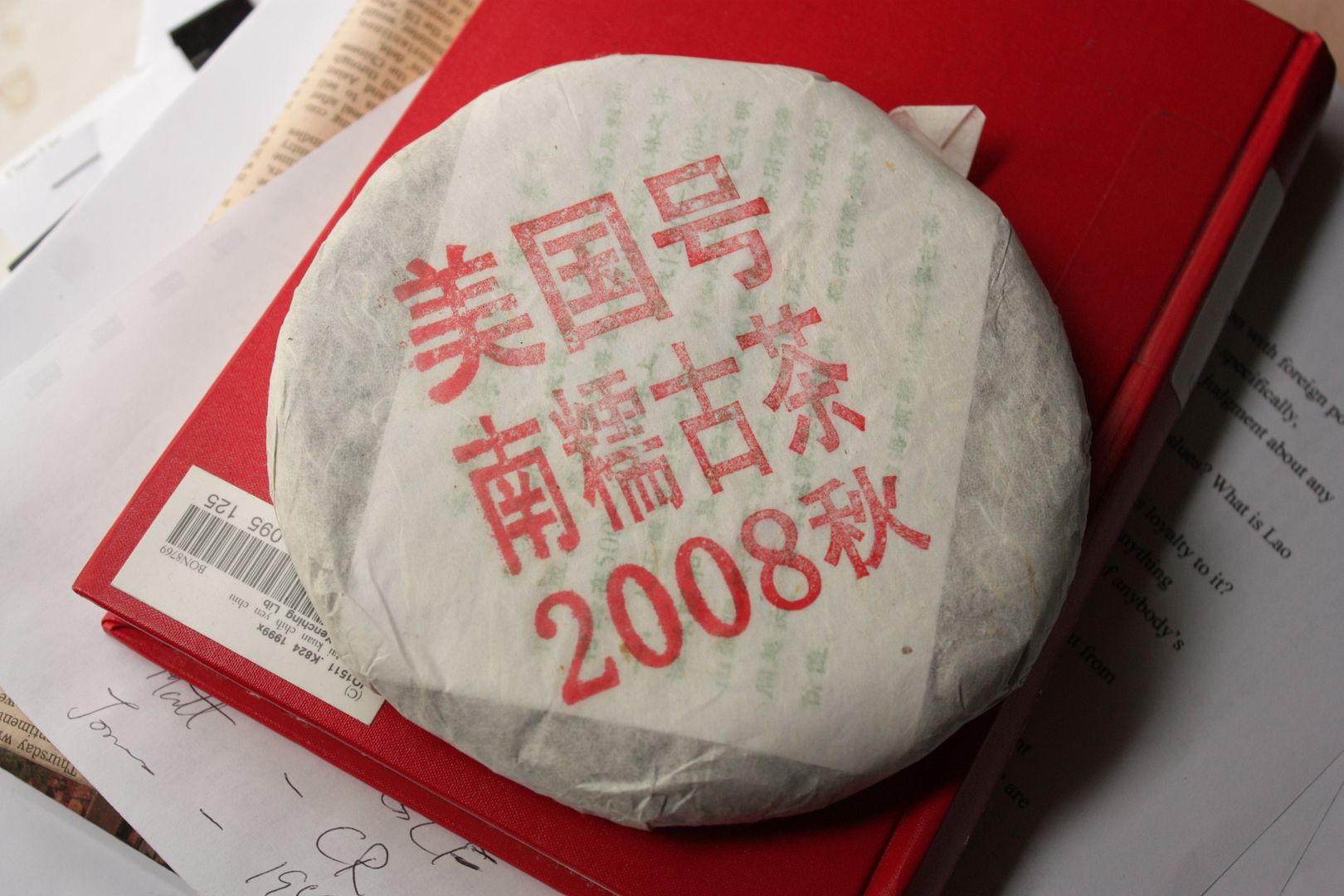
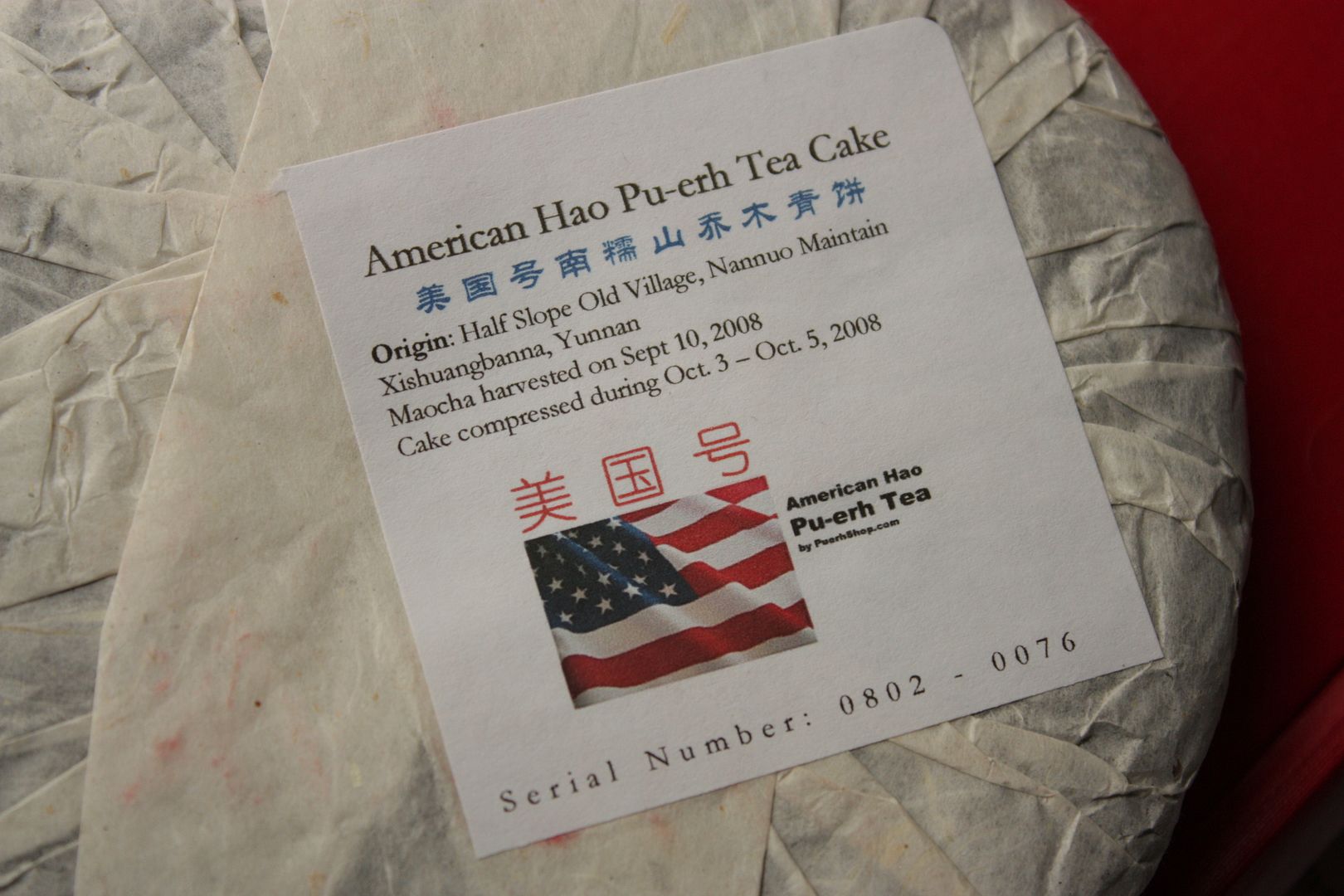
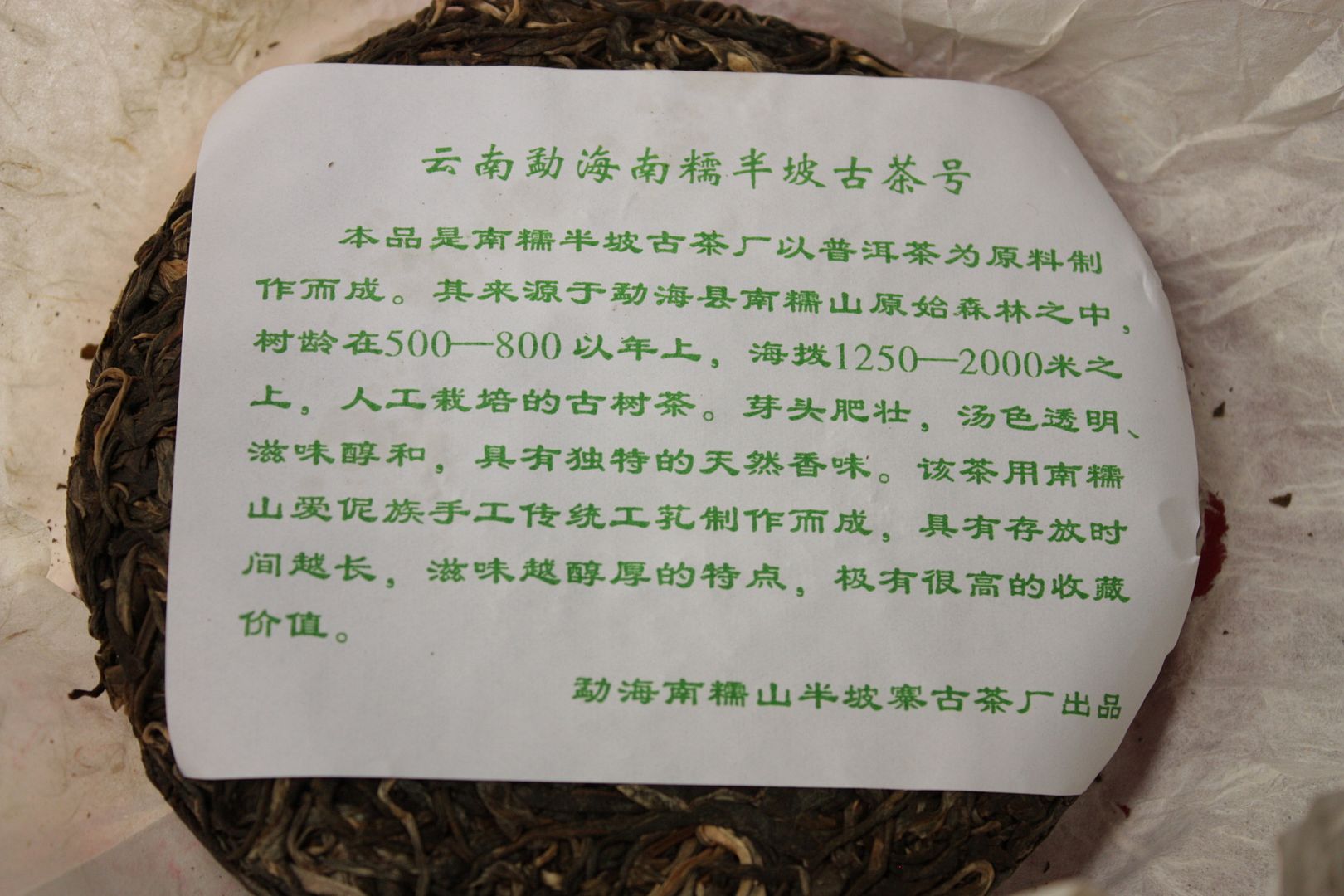
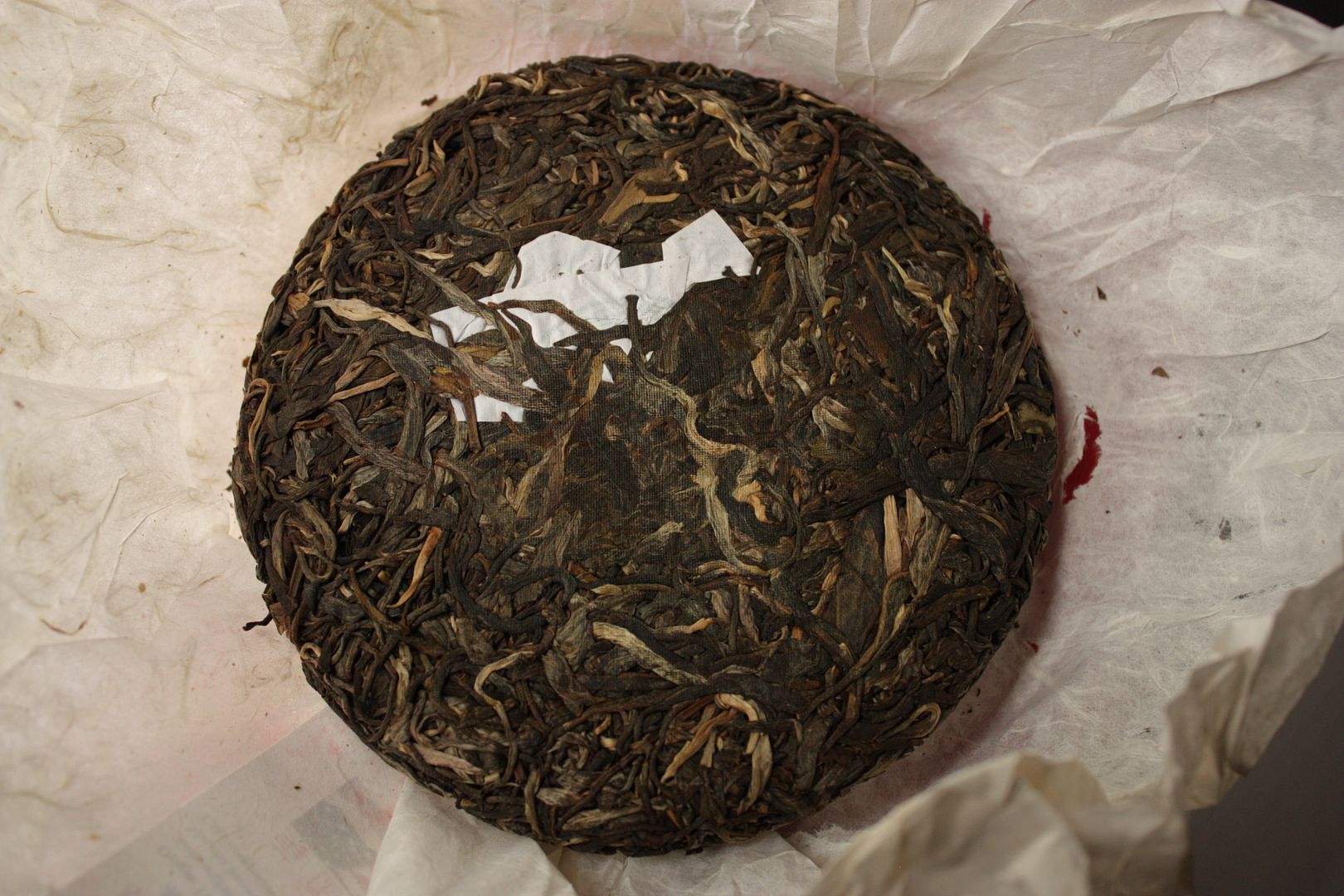
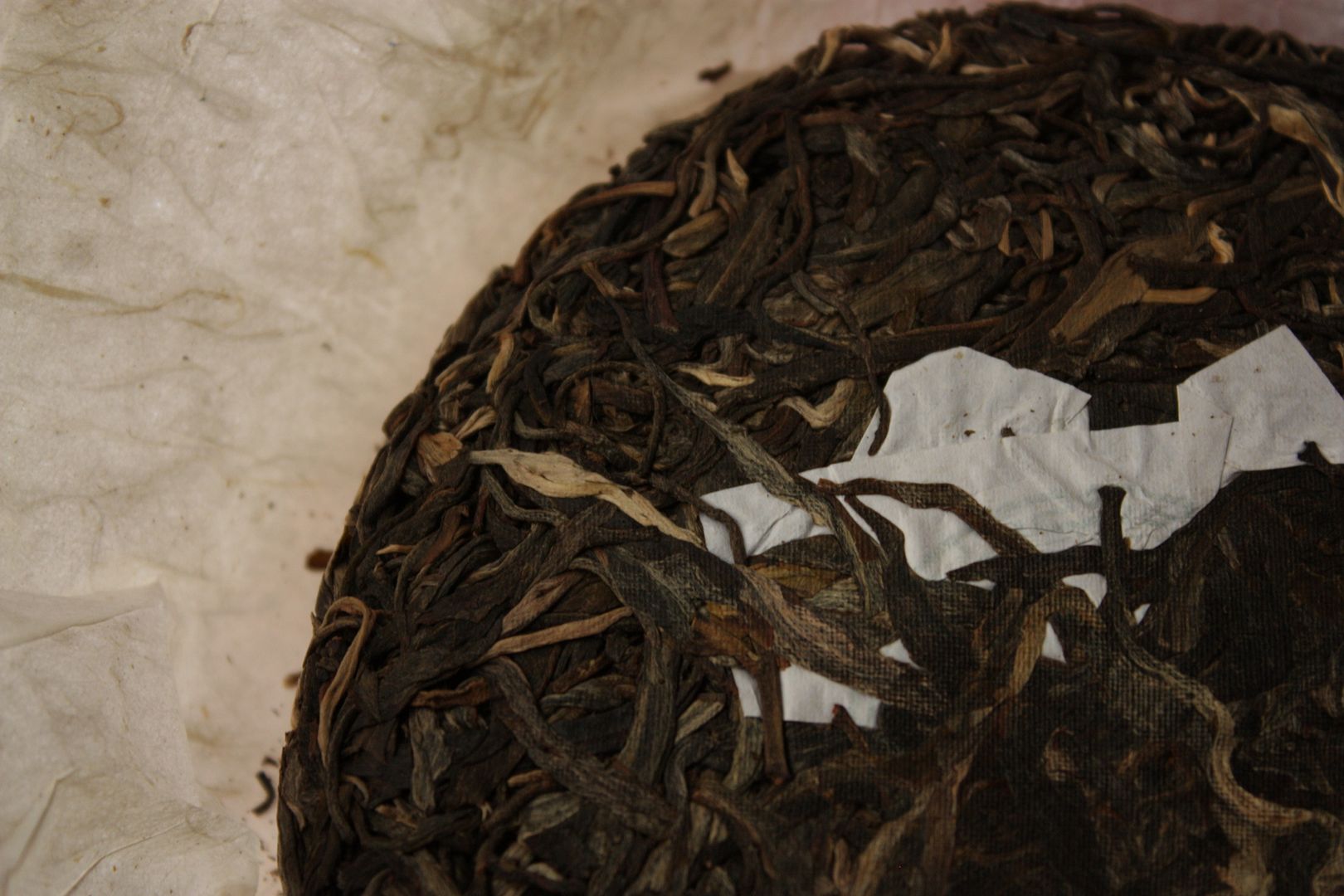
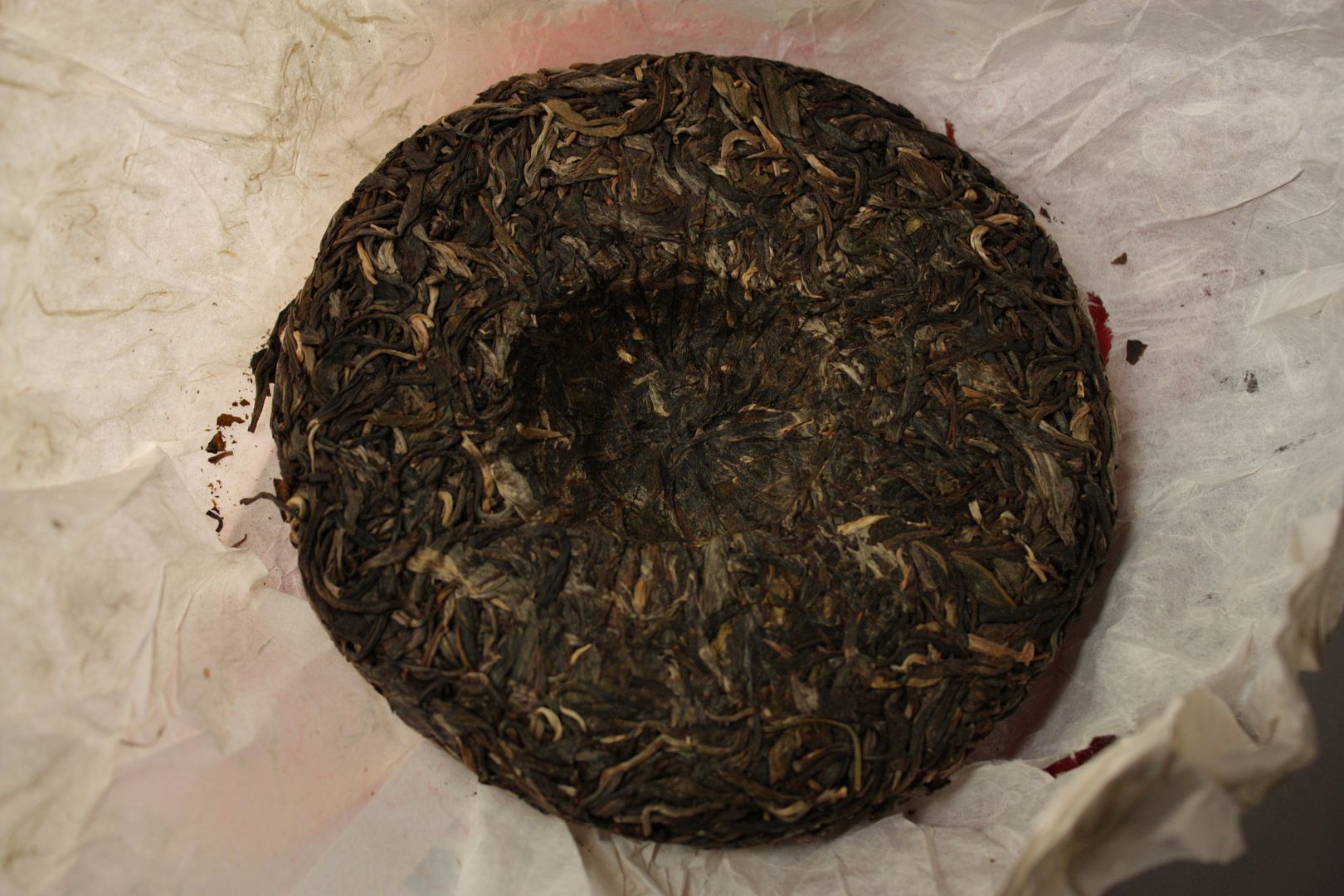
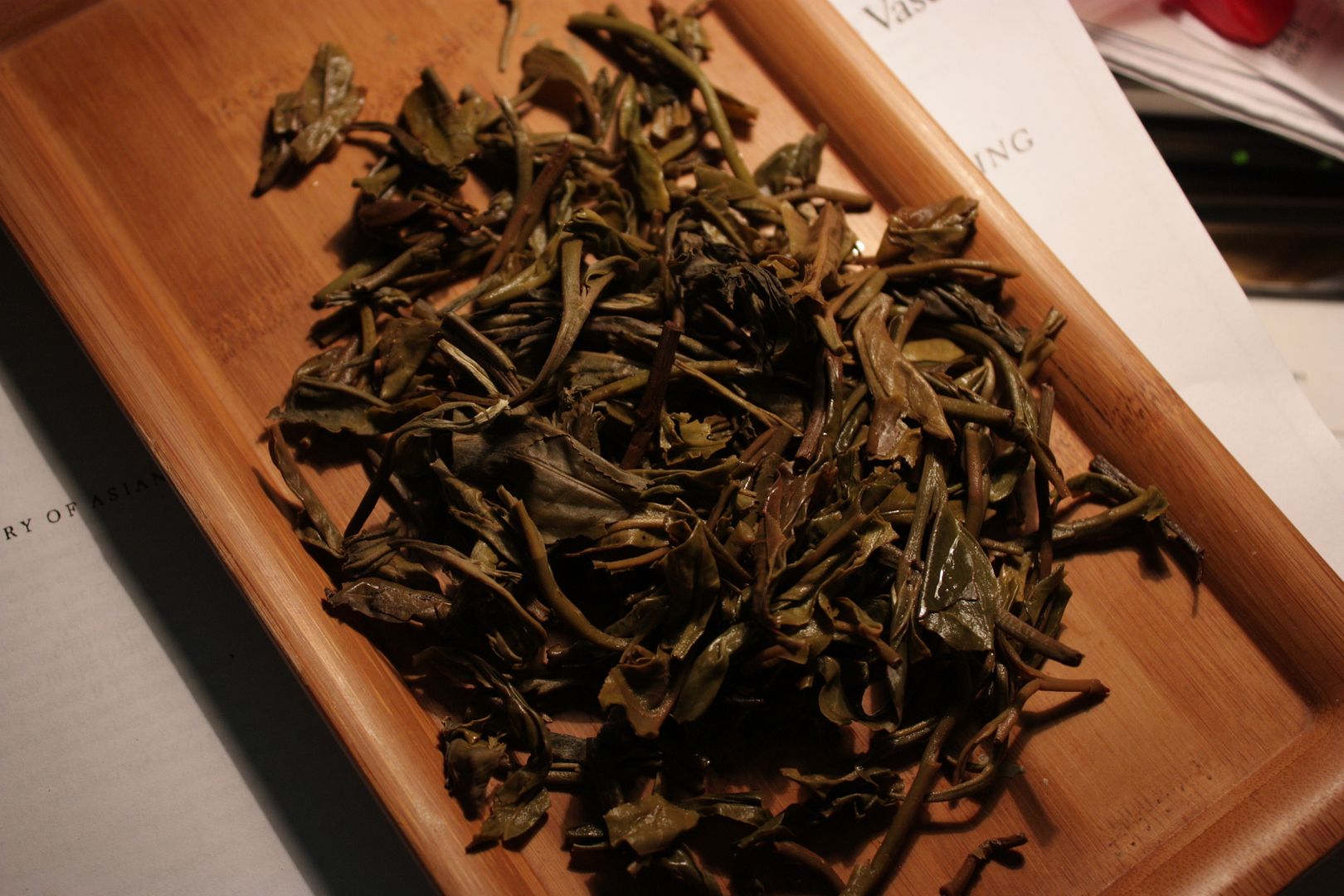
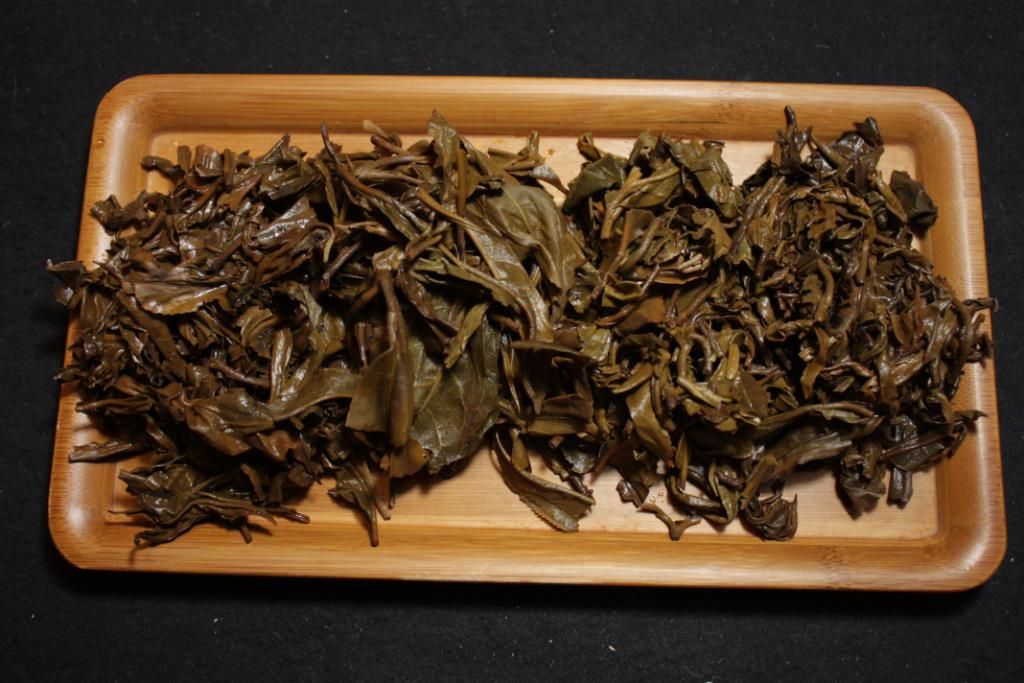



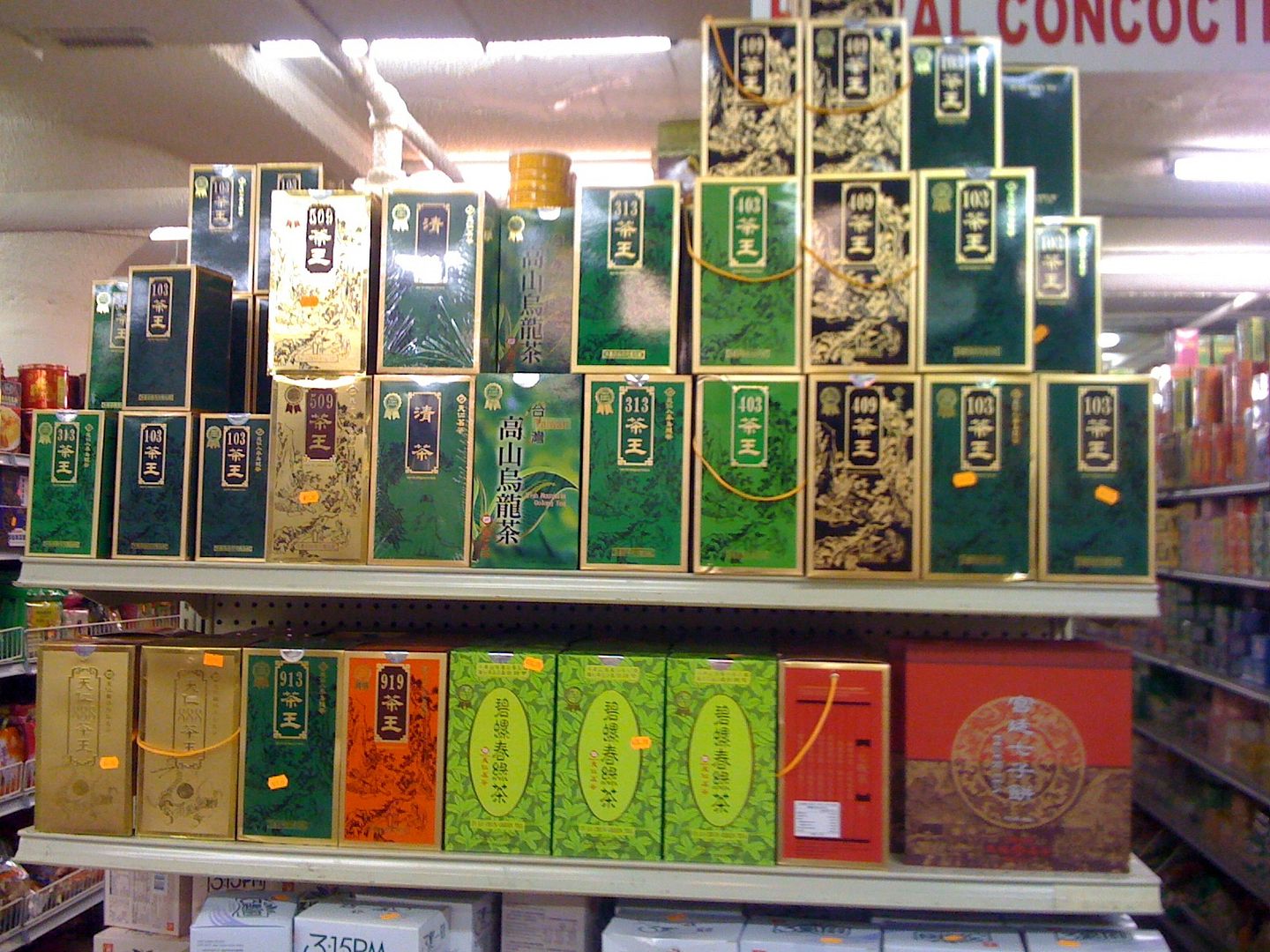


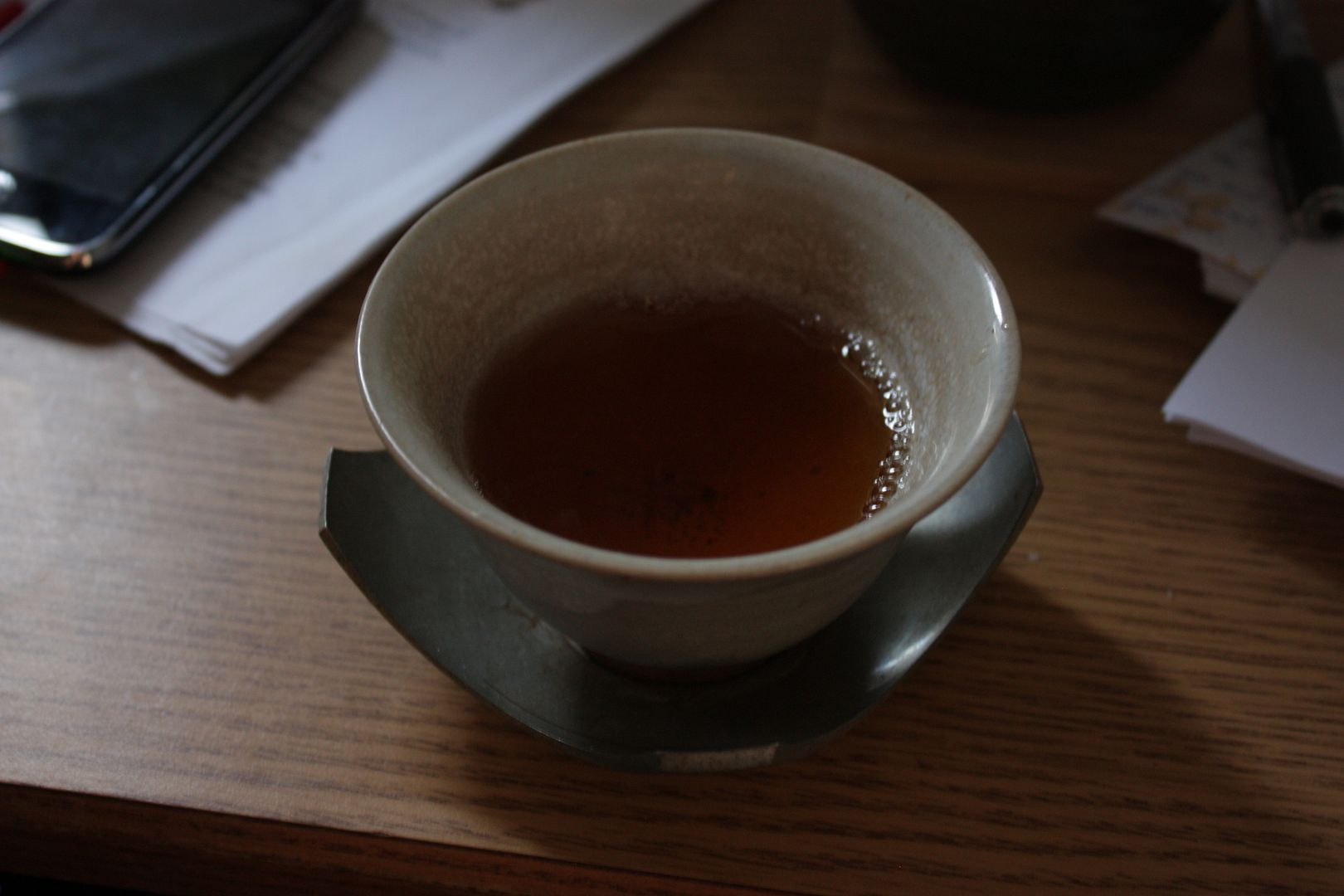
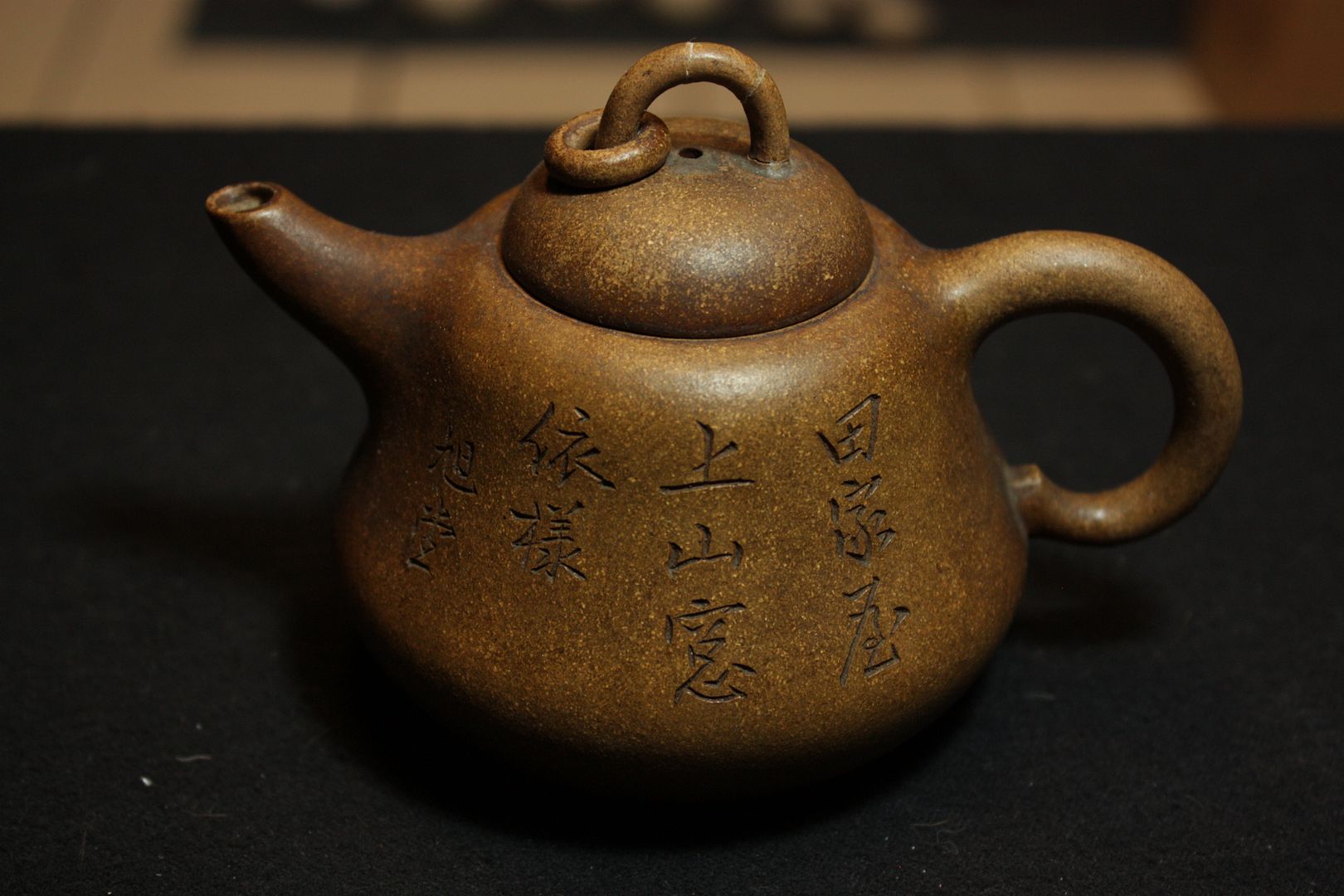

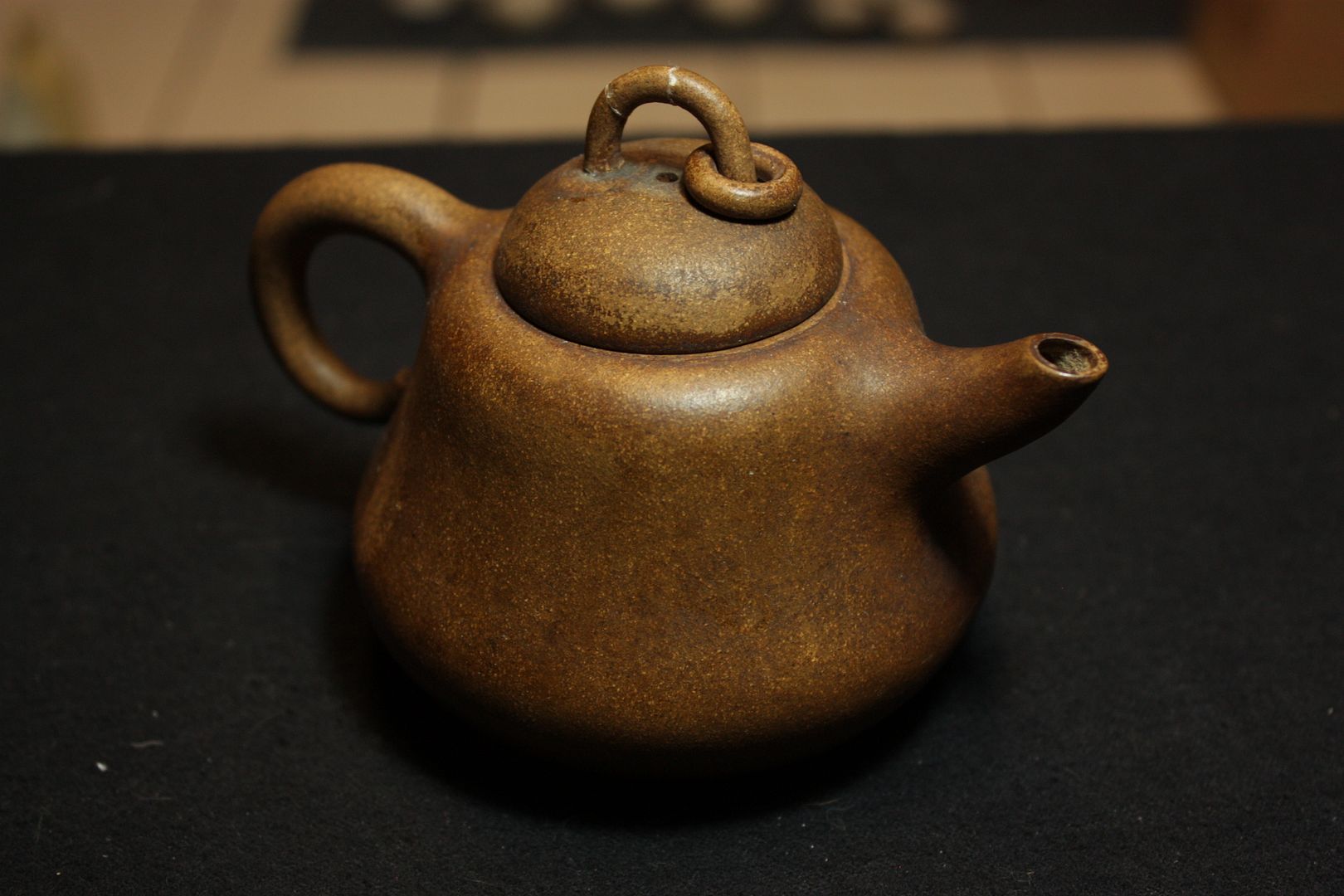

 RSS - Posts
RSS - Posts
I took you at your suggestion and have been reading some of your old post-Covid posts. I haven’t been to…